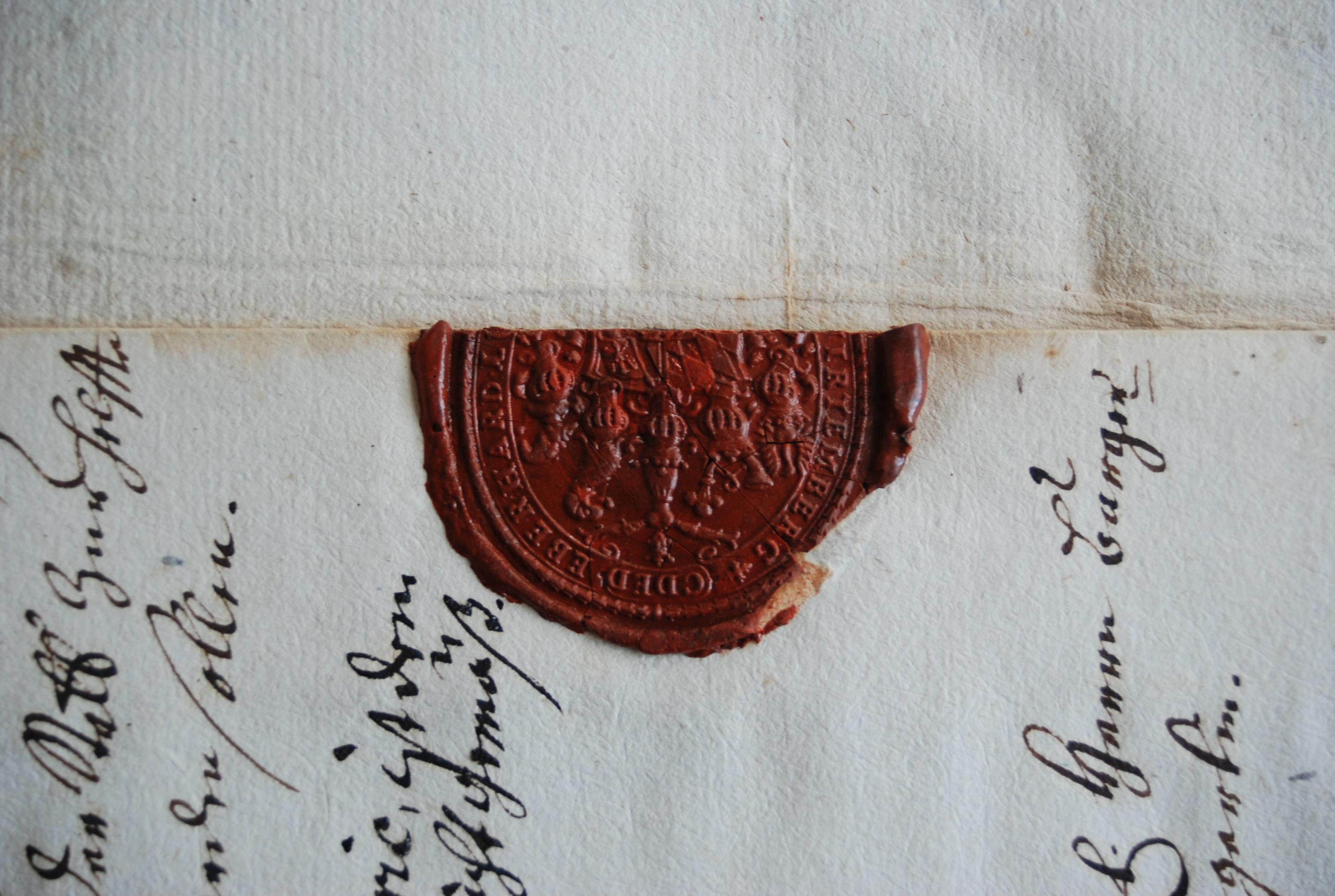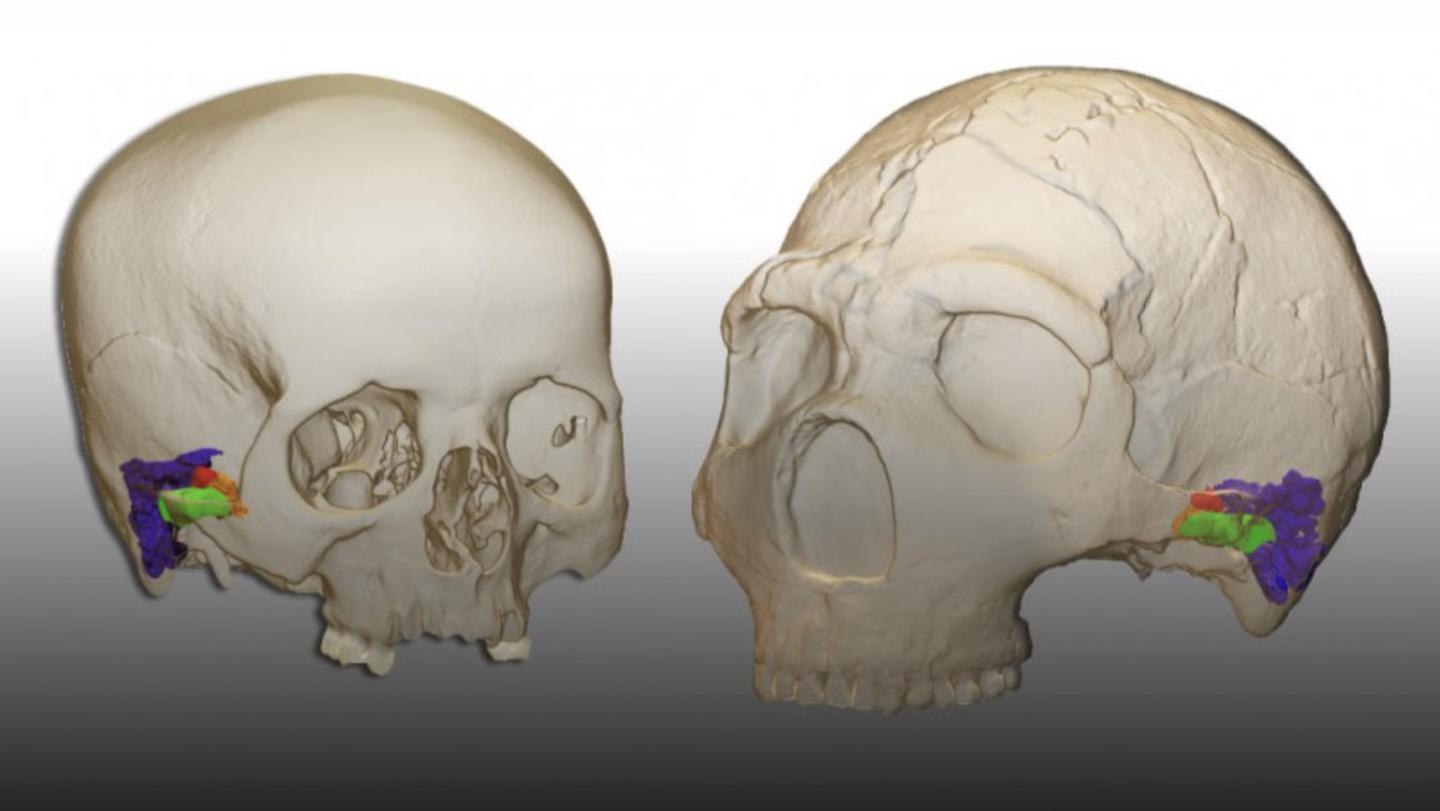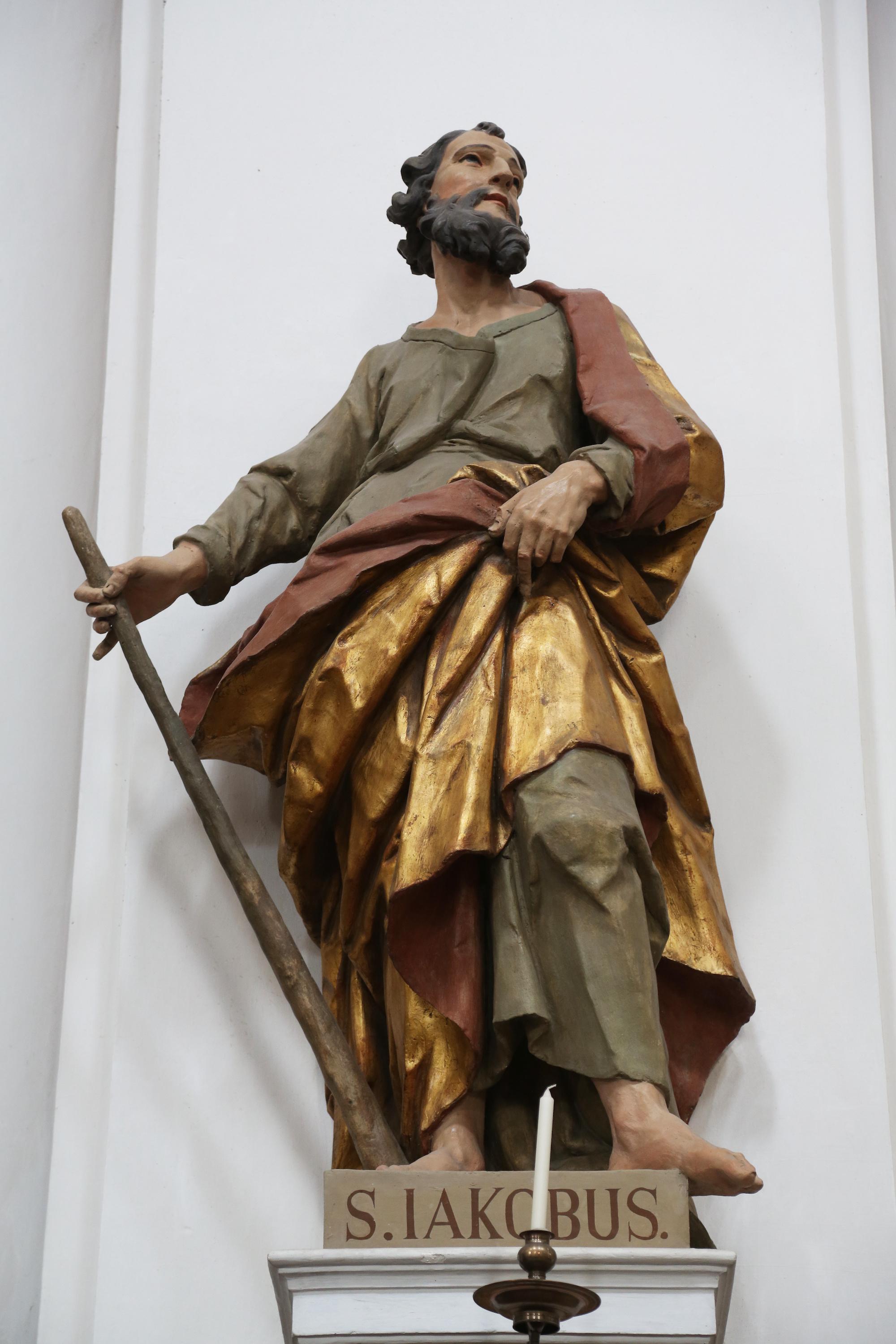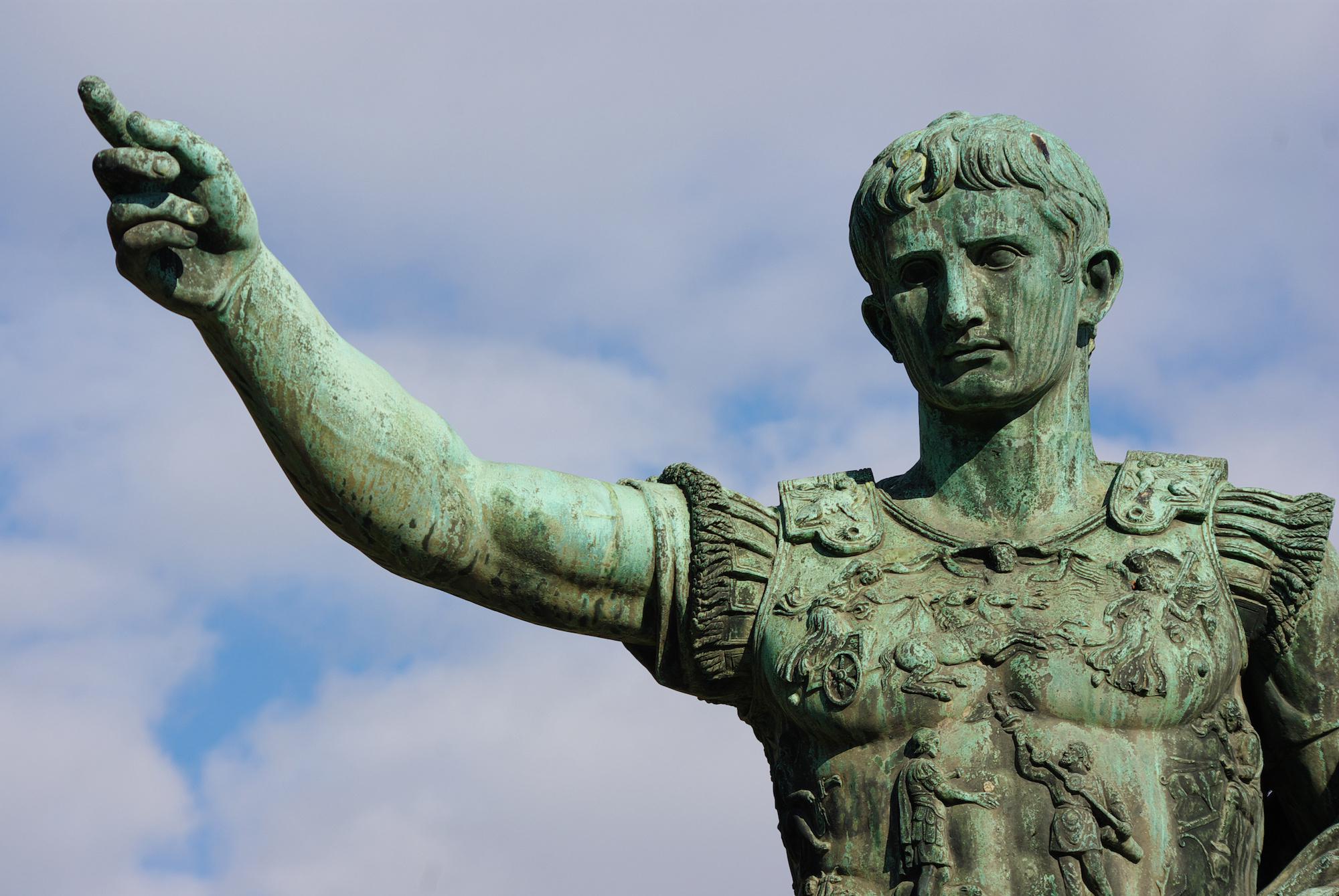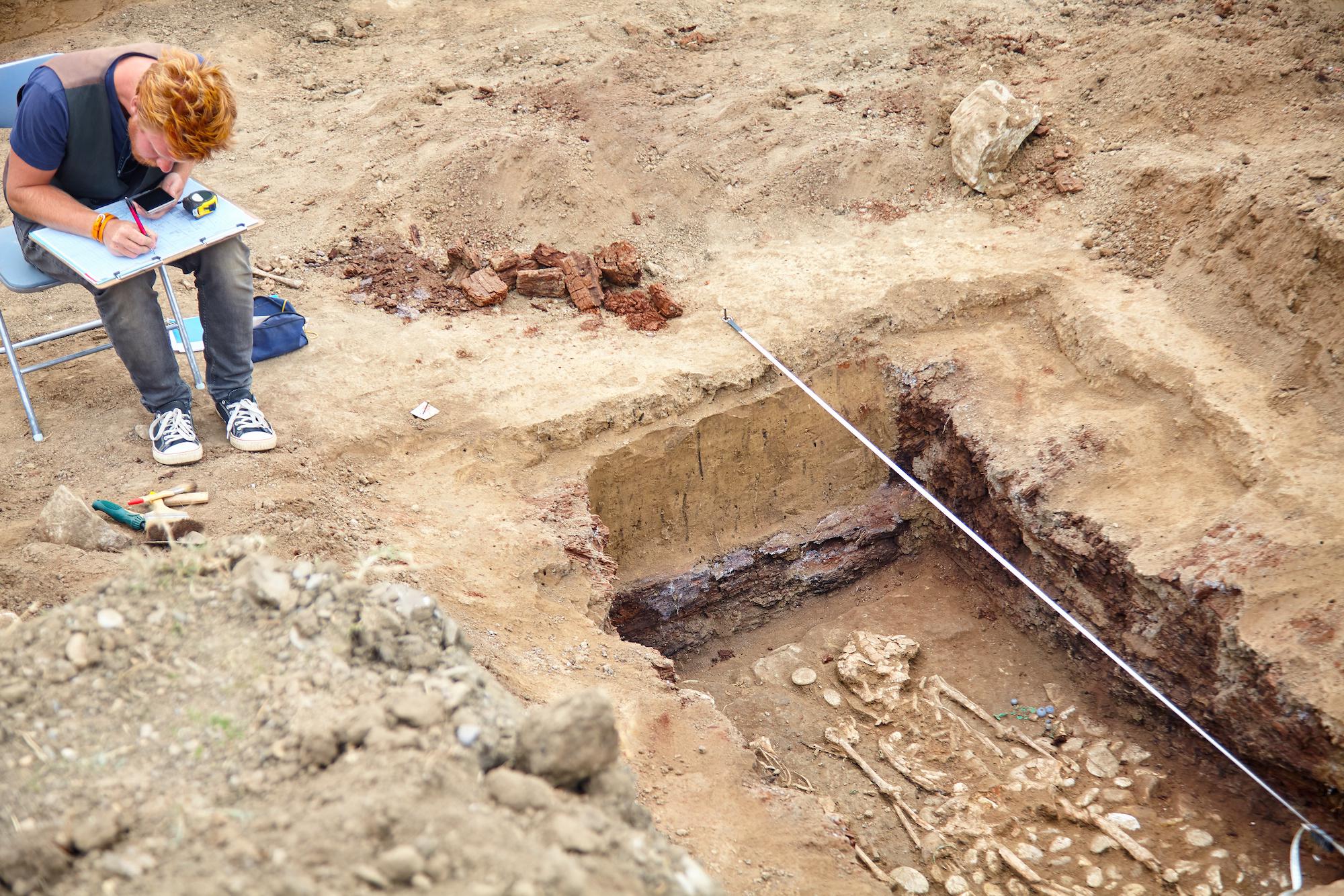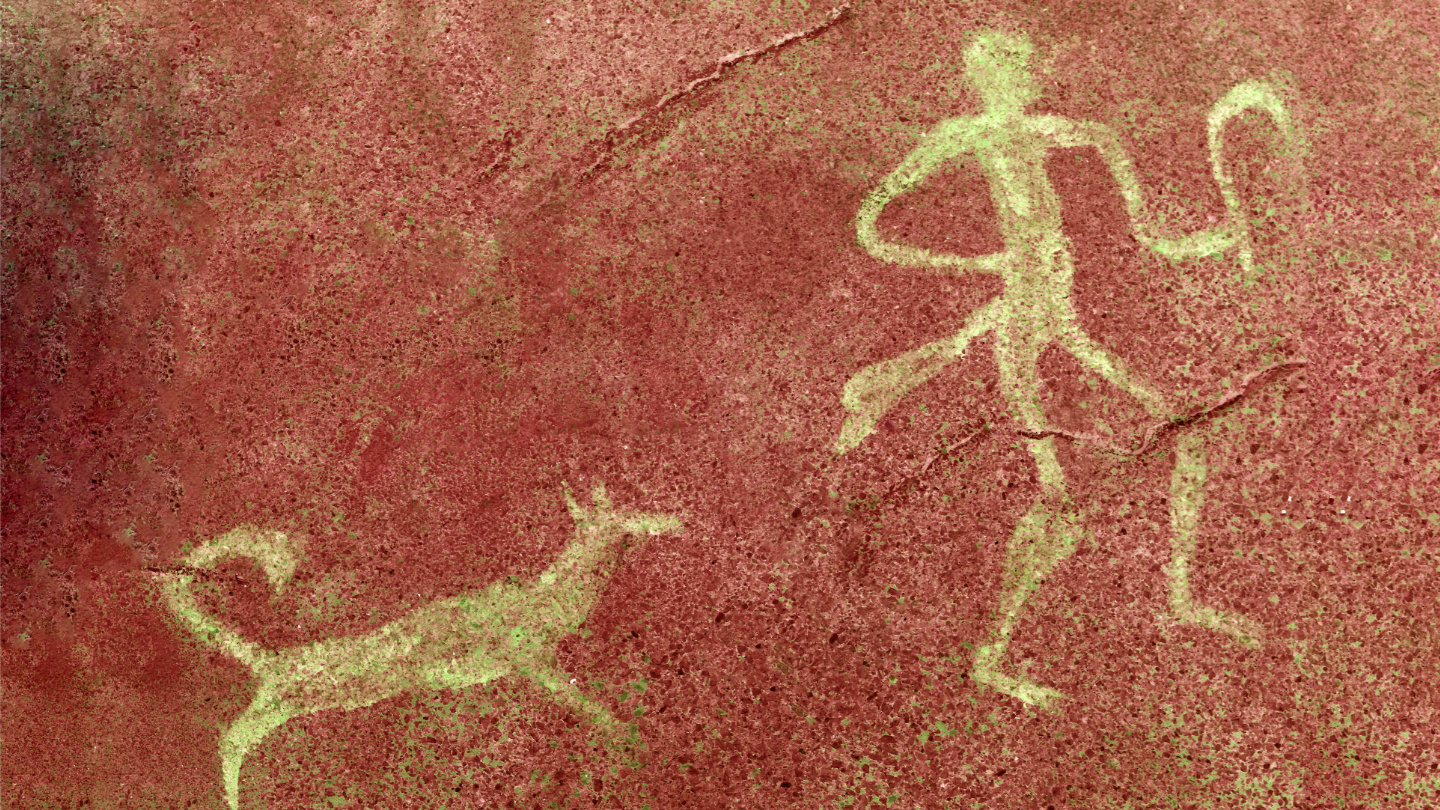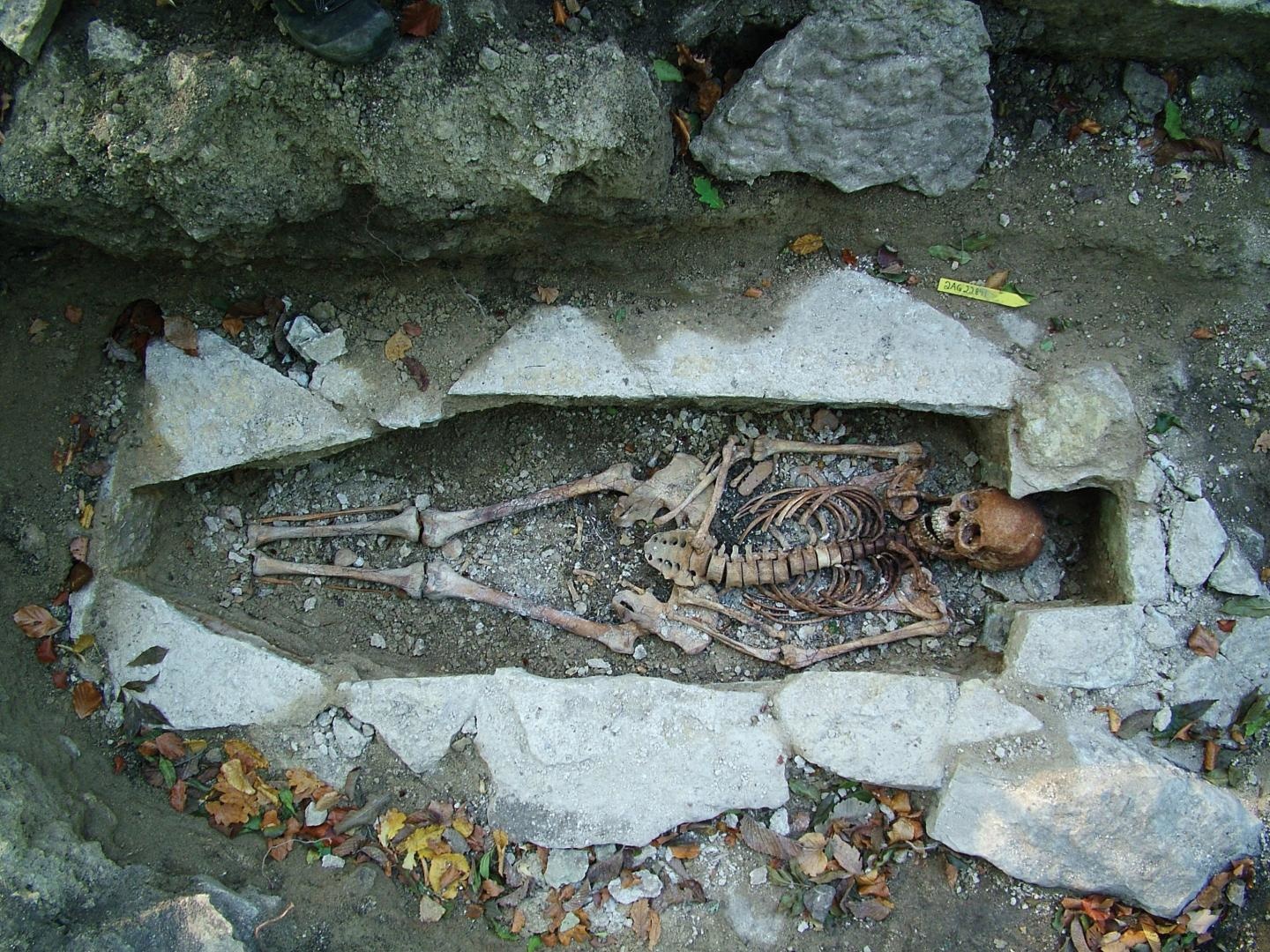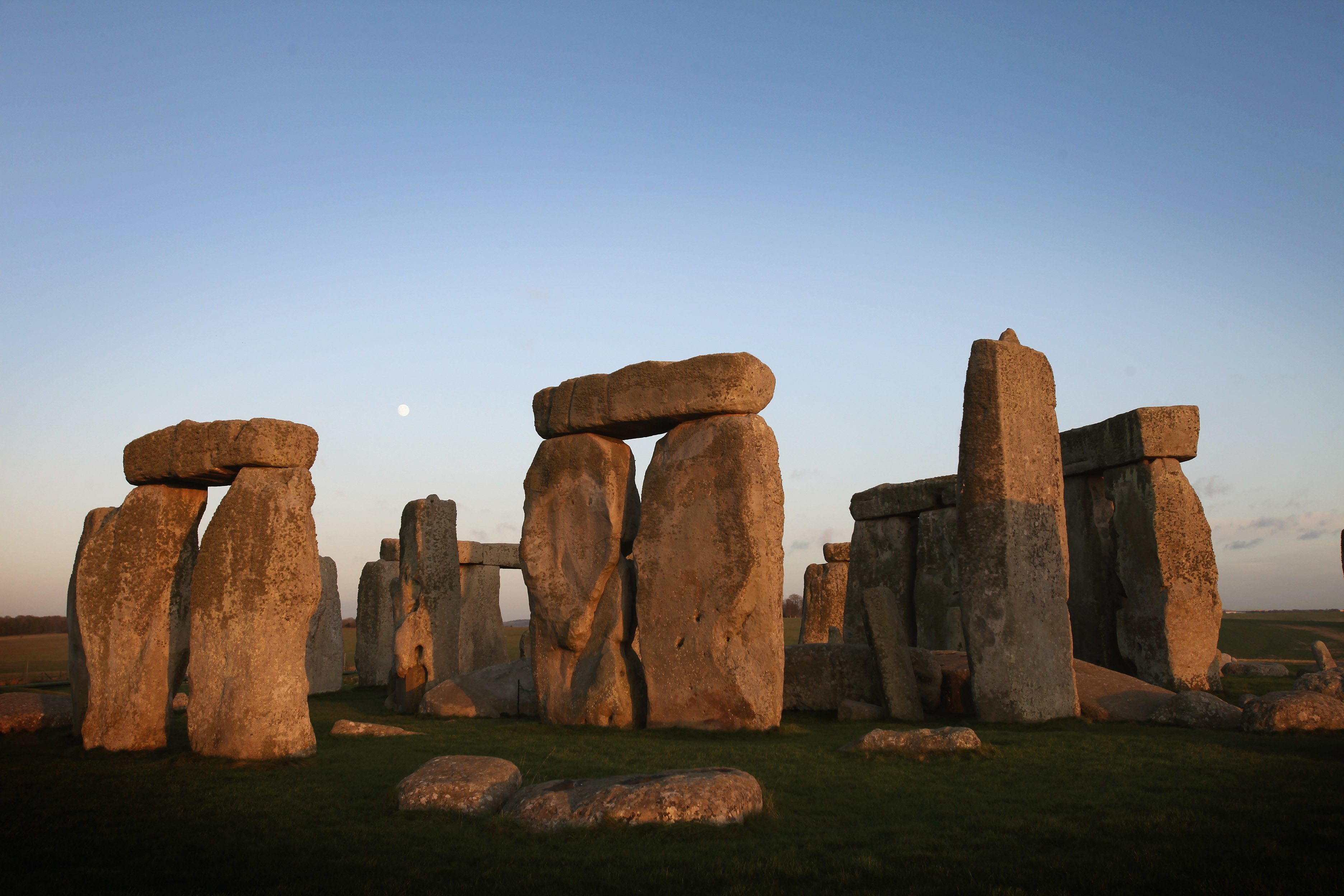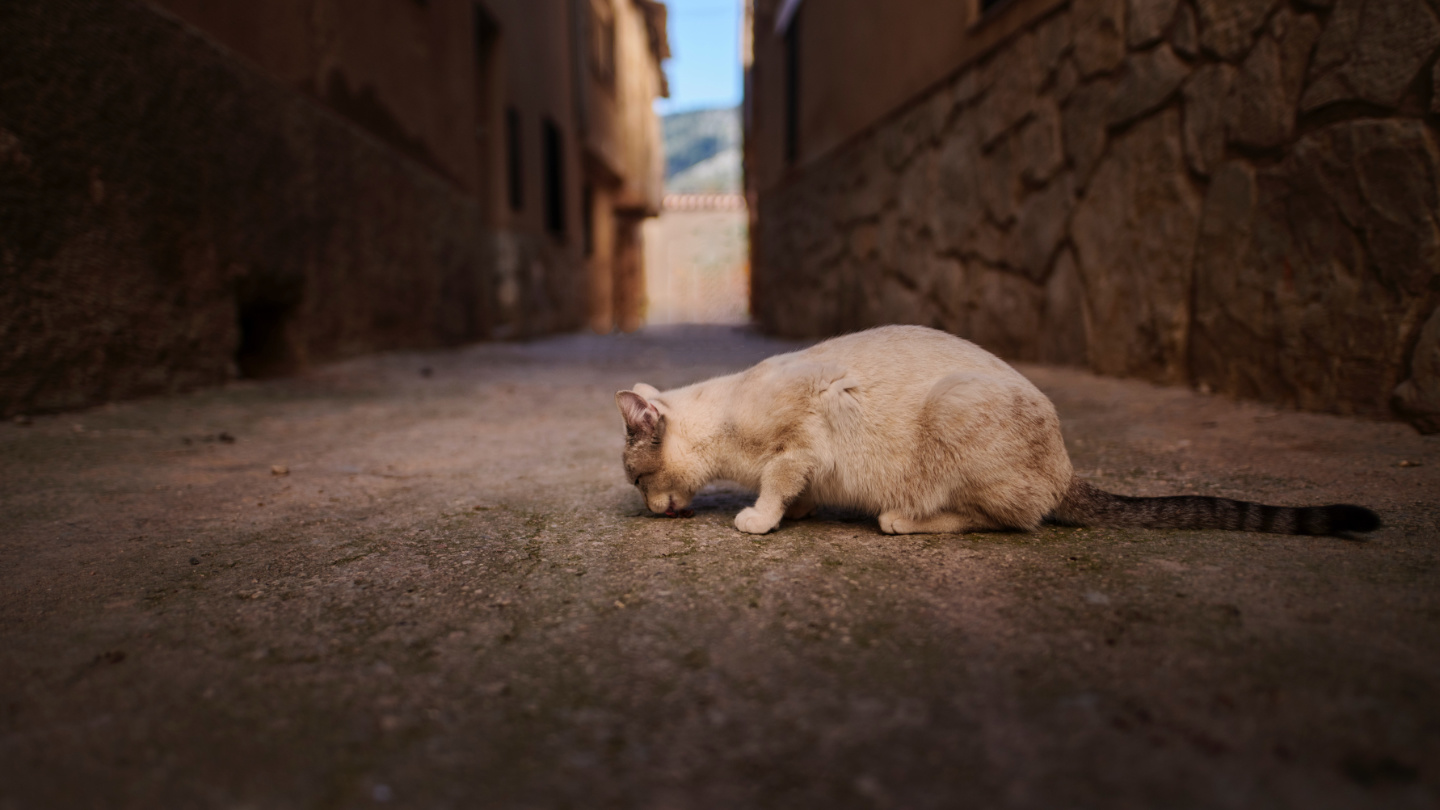The Past
All Stories
The key? A computational flattening algorithm.
Their ear structures were not that different from ours.
Researchers analyze prehistoric viruses in animals dug out from the Siberian permafrost.
One million year old mammoth DNA more than doubles the previous record and suggests that even older genomes could be found.
Research shows that bone fragments of Jesus’s (possible) brother belong to someone else.
Waun Maun was an ancient Welsh stone circle that had an awful lot in common with Stonehenge.
Even tyrants and despots offer wisdom worth heeding.
The study found that people who spoke the same language tended to be more closely related despite living far apart.
Scientists discover burrows of giant predator worms that lived on the seafloor 20 million years ago.
Scientists use new methods to discover what’s inside drug containers used by ancient Mayan people.
Archaeologists discover a cave painting of a wild pig that is now the world’s oldest dated work of representational art.
Traces of heroin and cocaine have been found in the tartar of 19th-century Dutch farmers.
New anthropological research suggests our ancestors enjoyed long slumbers.
For the Iroquois, it was a type of military training and a way to honor the gods.
Two new studies shed light on who first inhabited the islands, who replaced them, and how few people lived there.
A new study shows that at least one long-ago journey would have required deliberate navigation.
The rites we give to the dead help us understand what it takes to go on living.
In “The Immortality Key,” Brian Muraresku speculates that the Eucharist could have once been more colorful.
All the fun of opening up a mummy, without the fear of unleashing a plague.
It was a concept borrowed from the Iroquois, and one that America never quite mastered.
▸
6 min
—
with
A new study tracks the human-dog relationship through DNA.
Rare structures and artifacts of the Viking religion practiced centuries prior to Christianity’s introduction have been uncovered by archaeologists in Norway, including a “god house.”
Humans help each other in ways animals don’t dream of, but why?
“The results change the perception of who a Viking actually was,” said project leader Professor Eske Willerslev.
“You dream about these kinds of moments when you’re a kid,” said lead paleontologist David Schmidt.
Fossils depicting animals in action are very rare.
Most of Stonehenge’s megaliths, called sarens, came from West Woods, Wiltshire.
Archaeologists suggest this may have been the Americas’ “oldest hotel.”
The discovery pushes back humanity’s history with domestication.
Artifacts uncovered in southeast Asia offer clues on early complex human cultures.
